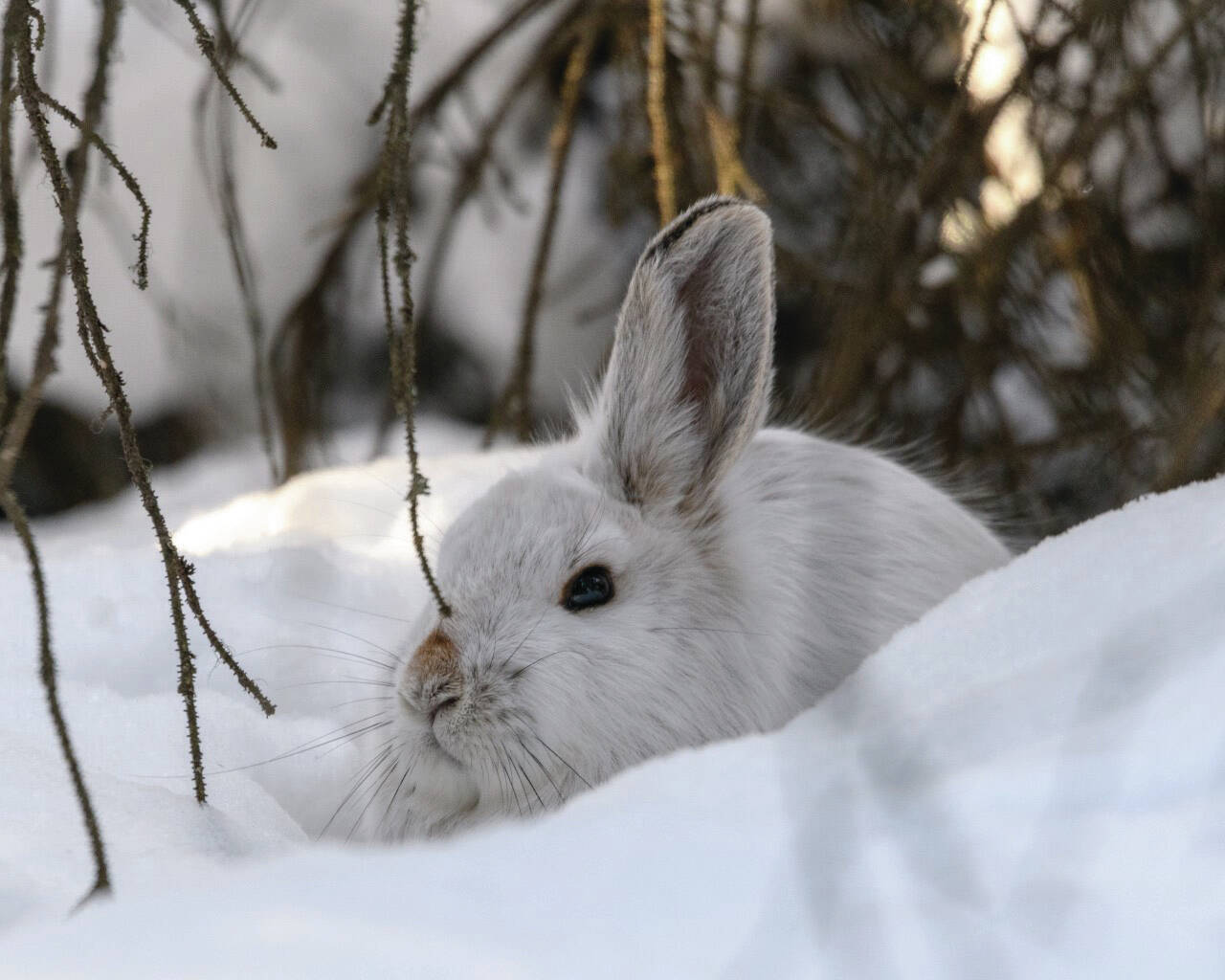Nature has always been an integral part of human existence, shaping cultures, influencing societies, and playing a profound role in forming and preserving traditions. The intrinsic connection between nature and traditions is evident across various civilizations and communities worldwide.
One of the most direct ways nature influences traditions is through seasonal changes. Many cultures around the world celebrate festivals and ceremonies that coincide with the cycles of nature. As daylight diminishes, temperatures drop, and landscapes transform, nature responds to the changing seasons in a symphony of adaptation and resilience. Trees shed their leaves, animals hibernate or migrate, and the world seems to hush in anticipation of the coming winter.
The winter solstice we recently experienced marks the shortest day and longest night of the year. It holds special significance across various cultures. This celestial event, coupled with the transition to a new year, is a unique interplay between nature and tradition. These traditions are deeply rooted in the Earth’s natural rhythms, reflecting the importance of seasonal changes in human life.
Various traditions see the winter solstice as a time of rebirth and renewal combined with reflection and introspection. The lengthening days following the solstice signify the gradual return of light, evoking hope and a sense of renewal. This cosmic dance between light and darkness provides a symbolic framework that influences the traditions associated with the winter solstice.
Fire and light play a central role in winter solstice and New Year celebrations, symbolizing warmth, hope, and the triumph of life over darkness. The lighting of candles, bonfires, and fireworks are common elements in various cultural festivities during this season. The lighting of Hanukkah candles in the Jewish tradition, the Yule log in Norse celebrations, and the English and Germanic tradition of illuminating Christmas lights all draw on the symbolic power of light to dispel the metaphorical and literal darkness of winter.
Agriculture, a fundamental aspect of human survival, is another example of humans’ deeply intertwined relationship with nature. Seasonal changes, weather patterns, and the fertility of the land often guide Traditional farming practices. Harvest festivals, found in diverse cultures, celebrate the bounty provided by nature. These festivals not only express gratitude for a successful harvest but also serve as a reminder of the dependence on the natural world for sustenance.
Nature often becomes the backdrop for rituals and ceremonies. Mountains, rivers, and forests are revered as sacred landscapes in many cultures. The spiritual significance of these natural elements is reflected in traditions that connect individuals with the divine. Pilgrimages to natural landmarks illustrate how nature plays a pivotal role in different societies’ religious and cultural practices.
Using natural symbols in rituals and ceremonies adds layers of meaning to cultural practices, creating a bridge between the tangible world and the metaphysical. Some traditions go beyond symbolism and actively promote environmental stewardship. Indigenous communities, for instance, often integrate sustainable practices into their traditions, emphasizing the importance of living in harmony with nature. Rituals and ceremonies may include expressions of gratitude towards the environment, fostering a sense of responsibility and respect for the natural world.
The intricate relationship between nature and traditions is a testament to the natural world’s profound impact on human cultures. As societies evolve, it is crucial to recognize and preserve this symbiotic connection, appreciating the role of nature in shaping traditions that define our collective identity. By understanding and valuing the interdependence of nature and traditions, we can work towards a sustainable future that respects the rich cultural heritage of societies and the delicate ecosystems that sustain life on Earth.
We hope that whatever interplay occurs in your life between nature and traditions, Kenai National Wildlife Refuge can play a role. During these shorter days of winter, the number of visitors to the refuge significantly reduces, but don’t be discouraged; the refuge is still available whether to walk or ski a trail, visit a cabin, fish, trap, or hunt.
After each new layer of snow we get this winter, give us a day or two for our hard-working maintenance staff to dig us out and then come for a visit. It is our hope that time spent here builds memories and new and old traditions for your friends and family.
Happy New Year everyone.
Steve Miller is the deputy refuge manager at the Kenai National Wildlife Refuge. The Refuge Notebook is published twice a month. You can find more information on the Refuge at http://kenai.fws.gov or http://www.facebook.com/kenainationalwildliferefuge. Find past Refuge Notebook articles athttps://www.fws.gov/kenai-refuge-notebook.


